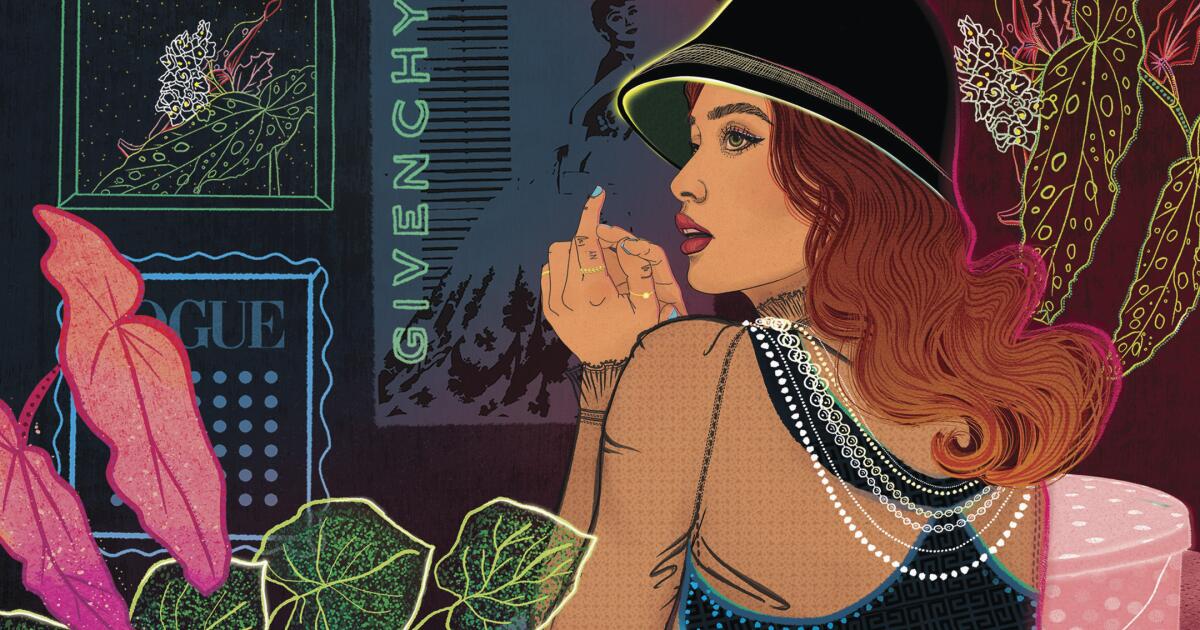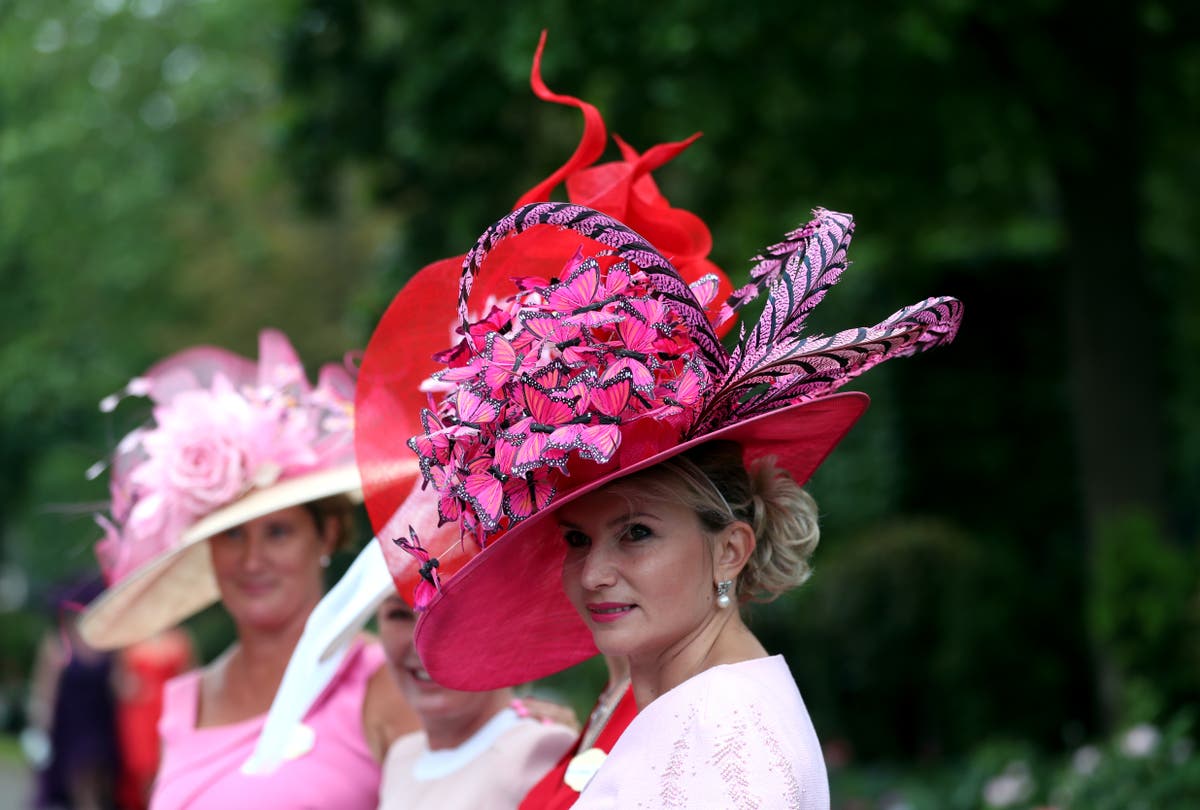
Freedom is wearing a hat like Audrey Hepburn
LA TimesThis story is part of our issue on Remembrance, a time-traveling journey through the L.A. experience — past, present and future. I was mesmerized by Holly Golightly wearing her large Chapeau du Matin with a trailing sash in “Breakfast at Tiffany’s” and Eliza Doolittle in “My Fair Lady,” donning the largest hat I had ever seen. In a 2015 Rizzoli book surveying her career, titled “The Way You Wear Your Hat,” American fashion designer Isaac Mizrahi observes, “A Patricia Underwood hat has a soul.” A hat, however, does not have the magical property of transferring its majesty to its wearer, as I had hoped on that sad autumn day. “Because people will look at you.” Yet what arrests our attention, what makes a hat worth looking at, she maintains, is “the inner life of the wearer.” Without that, “a hat is just a ‘thing on a head.’” Hepburn knew how to wear her hats, which is to say, she animated them — through the charge of her eyes, the energy of her walk. And what is the most important piece of apparel closest to the brain but a hat?’” For Underwood, hats are much more than adornments; they upliftand dignify women in all their complexity.
Discover Related
